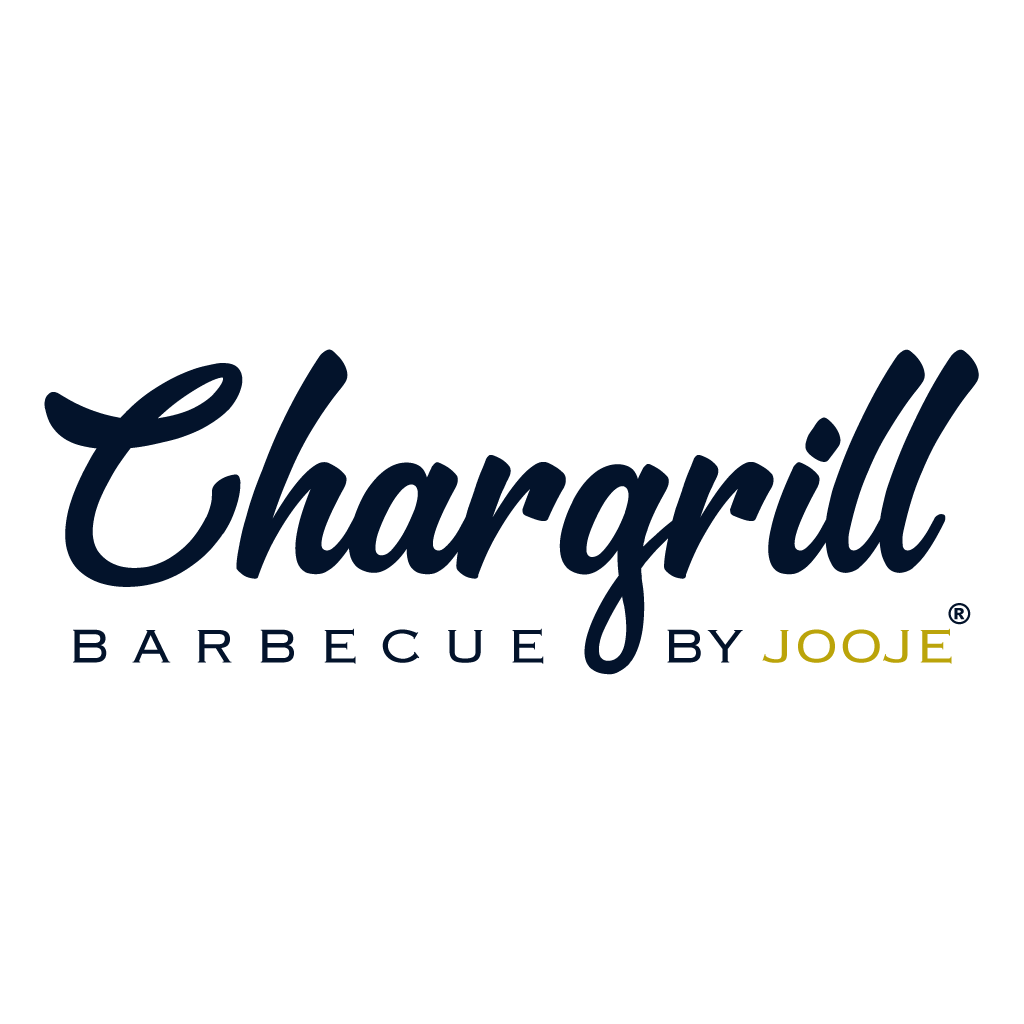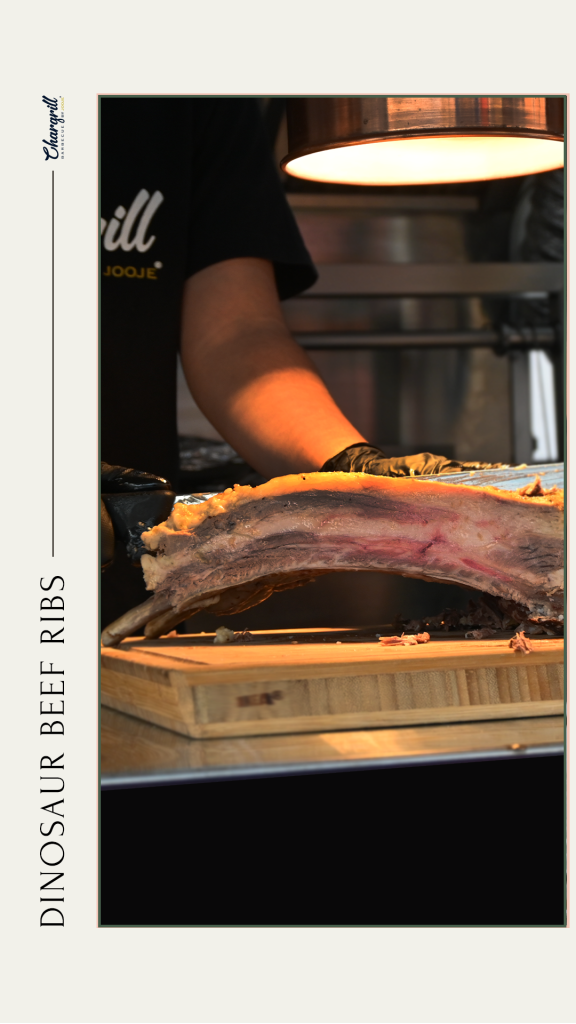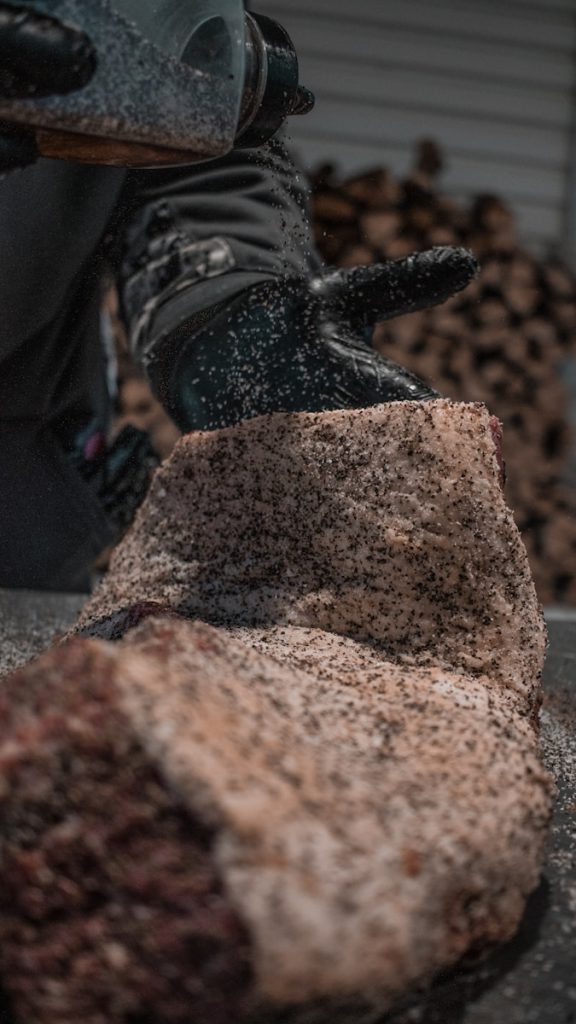Logistics planning is essential for the success of any BBQ catering event. It involves detailed coordination of resources, time management, and contingency planning to ensure everything runs smoothly. This section introduces the importance of logistics in BBQ catering and provides an overview of the key elements involved.
Key Elements of BBQ Catering Logistics:
| Element | Description |
|---|---|
| Client Requirements | Understanding and documenting the client’s needs and preferences |
| Menu Planning | Designing a menu that meets client expectations and dietary needs |
| Equipment and Setup | Ensuring all necessary equipment is available and properly set up |
| Staffing | Hiring and training staff for cooking, serving, and support roles |
| Transportation | Coordinating the delivery of equipment, food, and supplies |
| Event Coordination | Managing the event in real-time to ensure smooth operations |
| Health and Safety | Adhering to health and safety regulations and practices |
| Post-Event Analysis | Gathering feedback and analyzing the event to improve future services |
Understanding Client Requirements
Understanding client requirements is the first step in planning a successful BBQ catering event. This section discusses how to gather and analyse client needs, including menu preferences, dietary restrictions, guest count, and event timeline.
Client Requirements Checklist:
- Number of guests
- Event date and time
- Event location
- Menu preferences
- Dietary restrictions (e.g., vegetarian, gluten-free)
- Budget
- Special requests or themes
- Preferred serving style (e.g., buffet, plated service)
Example Client Meeting Questions:
- How many guests are you expecting at the event?
- Do you have any specific dietary requirements or preferences?
- What is your budget for catering?
- Are there any particular dishes you would like included in the menu?
- What is the theme or style of the event?
- Do you have any special requests for the setup or service?
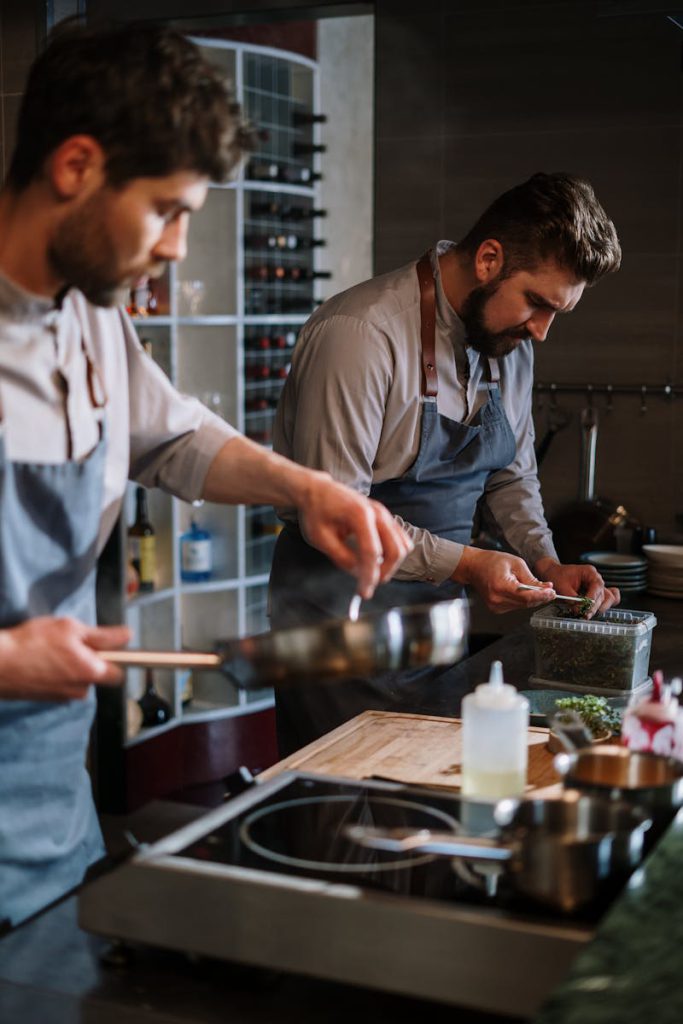
Menu Planning and Ingredient Sourcing
Menu planning is a critical part of BBQ catering. This section covers how to create a diverse and appealing menu, source high-quality ingredients, and manage inventory to prevent shortages or wastage.
Sample BBQ Catering Menu:
| Course | Dish |
|---|---|
| Appetizers | Grilled shrimp skewers, BBQ chicken wings |
| Main Courses | Pulled pork sandwiches, Grilled ribeye steaks |
| Side Dishes | Coleslaw, Baked beans, Grilled vegetables |
| Desserts | Fruit skewers, S’mores, BBQ pineapple slices |
| Beverages | Iced tea, Lemonade, Craft beers |
Ingredient Sourcing List:
- Meat: Local butcher or wholesale supplier
- Vegetables: Farmer’s market or local grocery store
- Spices and Condiments: Specialty spice shop or online retailer
- Baked Goods: Local bakery
- Beverages: Beverage distributor or local brewery
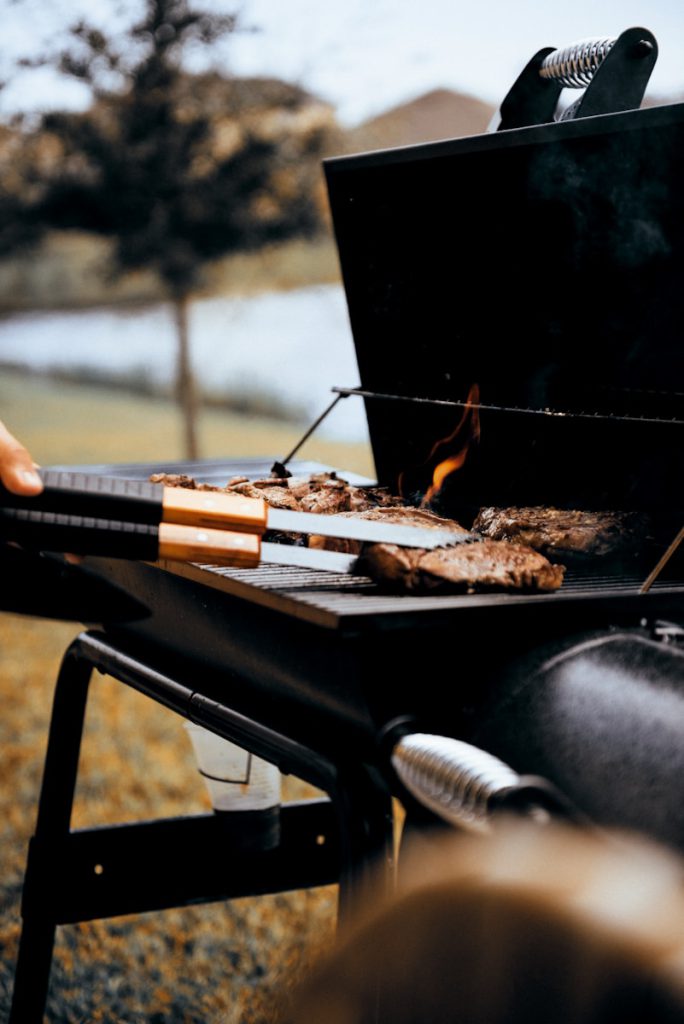
Equipment and Setup in logistics
Proper equipment and setup are crucial for efficient BBQ catering operations. This section explains the types of equipment needed, from grills to serving stations, and provides tips on setting up the venue to ensure smooth service.
Essential BBQ Catering Equipment:
| Equipment | Purpose |
|---|---|
| Grills and Smokers | Cooking meat and vegetables |
| Portable Tables | Prep and serving stations |
| Coolers and Ice Chests | Storing perishable ingredients and beverages |
| Utensils and Tools | Tongs, spatulas, knives, cutting boards |
| Serving Dishes | Platters, chafing dishes, and serving utensils |
| Tents and Canopies | Providing shade and protection for food and guests |
| Cleaning Supplies | Ensuring sanitation and cleanliness |
Diagram of Ideal Setup Layout:
- Cooking Area: Grills and smokers located away from guest areas to prevent smoke interference.
- Prep Area: Close to the cooking area for efficient food preparation.
- Serving Area: Centrally located for easy access by guests, with tables arranged in a buffet style.
- Guest Seating: Positioned under tents or canopies to provide shade and comfort.
- Beverage Station: Separate from the food serving area to prevent congestion.
- Clean-Up Station: Equipped with trash bins, recycling bins, and cleaning supplies.

Staffing and Training
Skilled staff are vital for the success of a BBQ catering event. This section outlines the process of hiring and training staff, including chefs, servers, and support personnel, to deliver excellent service.
Training Schedule Example:
| Day | Training Topic | Activities |
|---|---|---|
| Day 1 | Introduction to BBQ Catering | Orientation, company policies, job roles |
| Day 2 | Food Safety and Hygiene | Food handling practices, hygiene standards |
| Day 3 | Cooking Techniques | Grill operation, meat preparation, timing |
| Day 4 | Service and Customer Interaction | Serving etiquette, customer service skills |
| Day 5 | Event Setup and Breakdown | Equipment setup, site layout, clean-up |
| Day 6 | Practice Event | Simulated event to practice skills |
Transportation and Delivery
Efficient transportation and delivery systems are necessary to ensure that all equipment, food, and supplies arrive on time. This section discusses logistics strategies for transportation, including vehicle selection and route planning.
Route Planning Example:
- Vehicle Selection: Choose vehicles based on the size and amount of equipment and food to be transported. Consider using refrigerated trucks for perishable items.
- Loading Plan: Organize equipment and supplies in the vehicle to ensure easy access and prevent damage during transit.
- Route Optimization: Use GPS and route planning software to select the most efficient routes, avoiding traffic and road closures.
- Contingency Plans: Prepare backup routes and have contact information for towing services and roadside assistance in case of vehicle breakdowns.
Event Coordination and Management
Event coordination involves managing all aspects of the catering service during the event. This section covers real-time event management, including handling unexpected issues, ensuring timely service, and maintaining quality standards.
Event Coordination Flowchart:
- Pre-Event Setup: Ensure all equipment is set up and functioning, and the venue is prepared according to the client’s specifications.
- Guest Arrival: Greet guests and provide directions to the food and beverage stations.
- Service Monitoring: Continuously monitor food quality, replenish serving dishes, and manage staff to ensure smooth operations.
- Issue Resolution: Quickly address any problems that arise, such as equipment malfunctions or guest complaints.
- Event Wrap-Up: Begin clean-up procedures, thank guests, and ensure all equipment is accounted for and packed up.

Health and Safety Considerations
Maintaining health and safety standards is paramount in BBQ catering. This section reviews the key health and safety regulations, food handling practices, and emergency procedures to ensure a safe event for all attendees.
Essential Health and Safety Practices:
- Regularly wash hands and use gloves when handling food.
- Maintain proper food temperatures to prevent bacterial growth.
- Cold food: Below 4°C (40°F)
- Hot food: Above 60°C (140°F)
- Keep raw and cooked foods separate to avoid cross-contamination.
- Clean and sanitize all equipment and surfaces regularly.
- Have a first aid kit on hand and ensure staff are trained in basic first aid.
- Plan for emergency situations, such as fires or severe weather, and have clear evacuation procedures.
9. Post-Event Analysis and Feedback
Post-event analysis helps improve future catering services. This section explains how to gather feedback from clients and staff, analyse performance, and identify areas for improvement to enhance future BBQ catering events.
Feedback Form Template:
| Question | Rating (1-5) | Comments |
|---|---|---|
| Overall satisfaction with the catering | ||
| Quality of food | ||
| Professionalism of staff | ||
| Timeliness of service | ||
| Event setup and presentation | ||
| Cleanliness and hygiene standards | ||
| Responsiveness to special requests |
Example Post-Event Analysis Report:
- Event Summary: Overview of the event, including date, location, and client details.
- Feedback Summary: Analysis of client and staff feedback, highlighting strengths and areas for improvement.
- Performance Metrics: Evaluation of key performance indicators, such as food quality, service efficiency, and guest satisfaction.
- Lessons Learned: Identification of any issues encountered and strategies for addressing them in future events.
- Action Plan: Recommendations for improving logistics, staff training, and service delivery based on feedback and analysis.
This in-depth article should provide a comprehensive guide to logistics planning for BBQ catering, ensuring successful and memorable events for all clients and guests.
